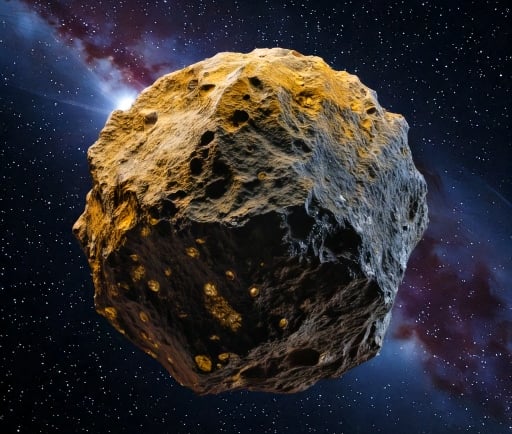Asteroid 33 Polyhymnia: Elements Beyond the Periodic Table


Introduction to Asteroid 33 Polyhymnia
The cosmos has always intrigued scientists and astronomers alike, unveiling secrets that challenge our existing knowledge of chemistry and physics. One such curiosity is Asteroid 33 Polyhymnia, a celestial body recently studied for its potential to harbor elements that extend beyond the conventional periodic table. This significant discovery opens avenues in the study of compact ultradense objects (CUDOs) that possess remarkable properties.
CUDOs: The Mysteries of Densely Packed Matter
Compact ultradense objects are defined by their extremely high mass density, which surpasses even the densest known element on Earth, osmium. These entities provide a unique environment where superheavy elements, with atomic numbers significantly higher than those typically synthesized on Earth, can exist. The conditions found on such asteroid bodies raise questions about the formation and stability of these elusive elements.
The Significance of Superheavy Elements
The implications of the existence of superheavy elements, as found on Asteroid 33 Polyhymnia, are profound. Scientific exploration suggests that these elements could hold the key to groundbreaking advancements in materials science, quantum physics, and even superconductivity as their unique properties may lead to novel technological applications. Their atomic structures are theorized to exhibit behaviors that have yet to be observed, pushing the boundaries of current scientific understanding.
Moreover, the discovery of such unusual elements contributes to the ongoing investigation into the universe’s formation and the dynamic processes occurring in celestial bodies which can lead to the synthesis of new elements. This exploration is critical not only for academic advancement but also for practical applications that could revolutionize industries ranging from aerospace to nanotechnology.
The study of Asteroid 33 Polyhymnia and its exotic materials prompts a reassessment of existing theories regarding the periodic table and will likely fuel further research into the synthesis of superheavy elements. As we continue to observe and analyze the cosmos, one can only imagine what additional surprises await us beyond our planet.
